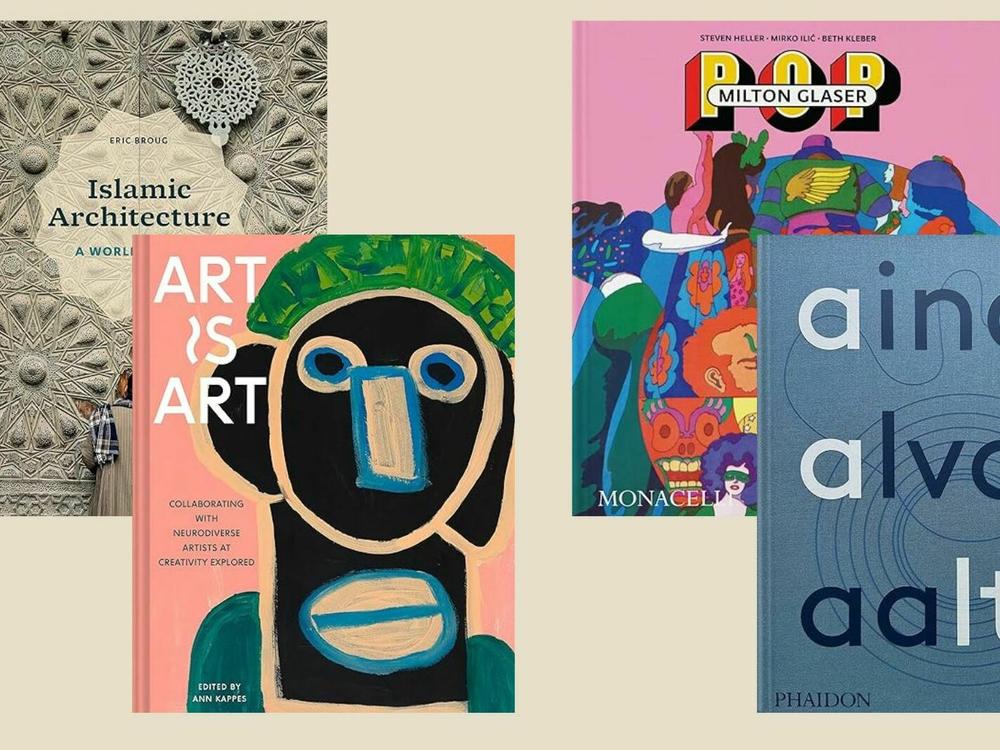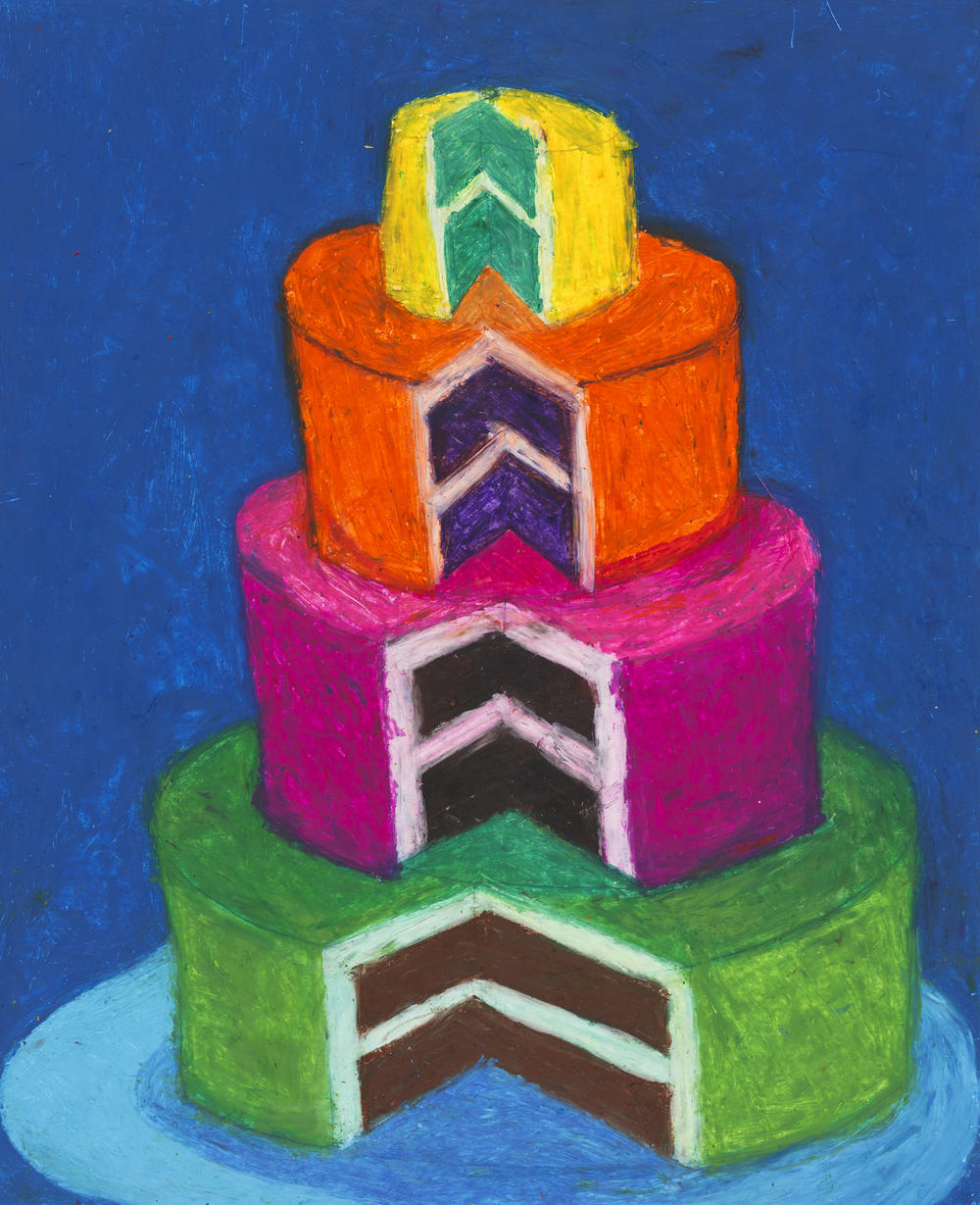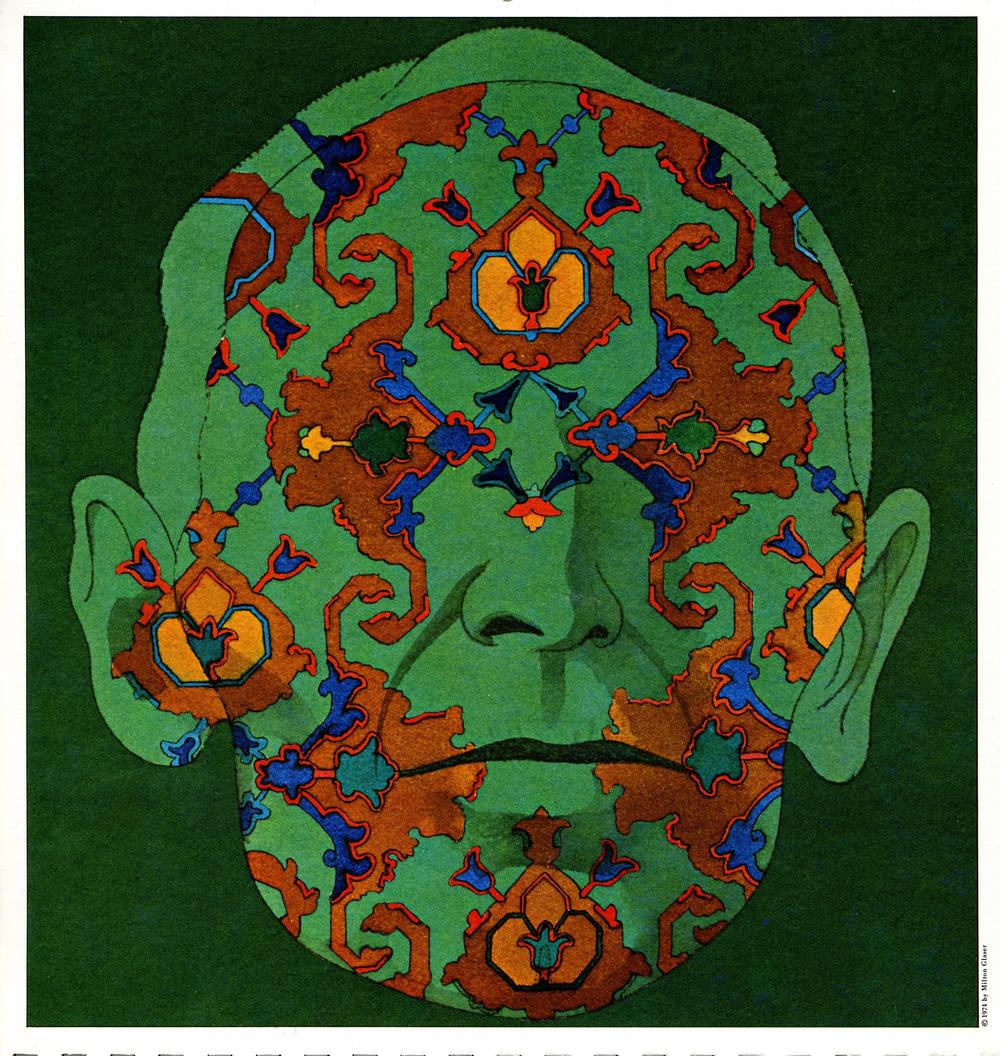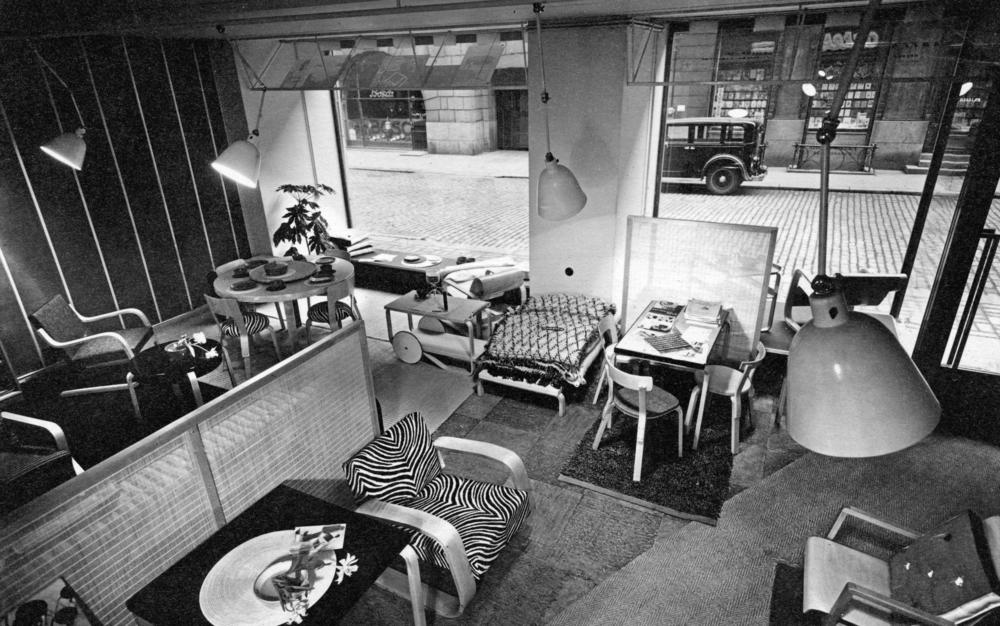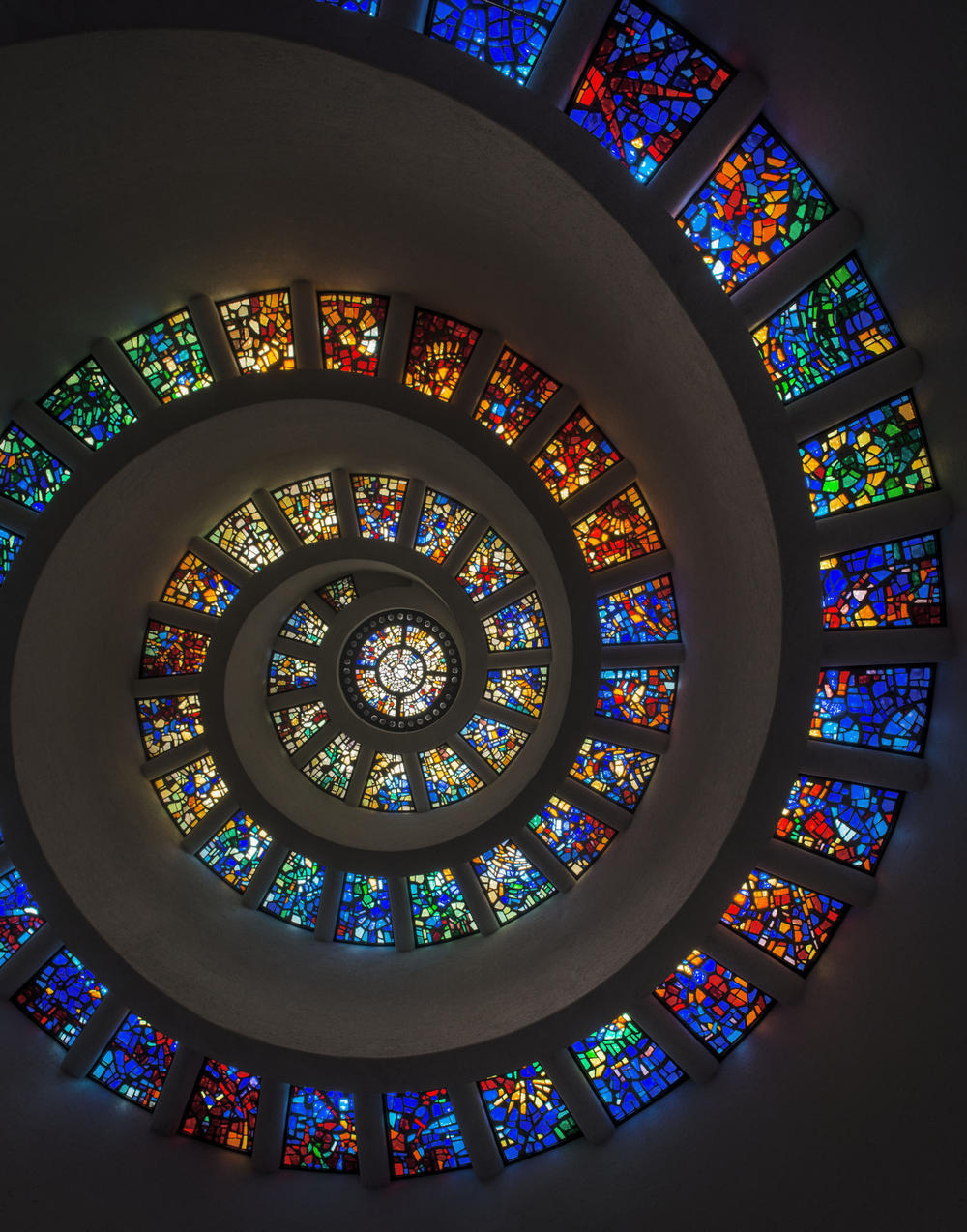Section Branding
Header Content
4 coffee table art books from 2023 that are a visual feast
Primary Content
There's plenty of art to feast your eyes on in these four very different coffee table books.
Presented in reverse chronological order, we move back in time from Art is Art — a fabulous collection of outside-the-box work by more than 100 contemporary, neurodiverse artists — to Milton Glaser's '60s and 70's pop graphics, Aino and Alvar Aalto's iconic Finnish modernist designs, and a global survey of Islamic architecture through the centuries.
All are eye-opening (and would make great gifts, if you're still looking).
Art is Art: Collaborating with Neurodiverse Artists at Creativity Explored
Art is Art is such a spirit lift. The nonprofit studio and gallery behind it, Creativity Explored, was founded in San Francisco in 1983 to partner with disabled, neurodiverse artists. Their mission is to encourage "fearless self-expression." The images, saturated with strong colors and feelings, corroborate the group's outlook: "Art is art, regardless of who makes it."
The work, by about 130 artists and edited by Ann Kappes, is divided into 40 chapters highlighting themes that include superheroes, fears, sex, deafness, patterns, politics, collage art, and flowers. Every few chapters, an individual artist is showcased.
Two popular subjects are animals and dancing. Among the paintings featured in "A Curious Menagerie," there's a beguiling bloodhound and a mythical wild lion cat. In "Dance Party!" multiple artists capture the exuberance of letting go at the rhythm and movement sessions that mark the end of each work week at the studio. In "Medicine Helps," the labels on Camille Holvoet's colorful prescription bottles speak volumes: "Helps Me Not Ask for Money or Free Food," reads one. "Anti-Emotional Confuzion," reads another. Her vibrant celebratory cakes look like something you might find in a book by Maira Kalman.
Milton Glaser POP
Milton Glaser POP, by Steven Heller, Mirko Ilic and Beth Kleber, explores the phenomenally prolific graphic designer's pop era work, which spanned the 1960s and 1970s. It's a period that includes his famous Bob Dylan poster, with the silhouetted singer topped with wavy ribbons of multi-colored hair. Flipping through this book, you'll be inclined to agree with the authors that Glaser's "collaborative virtuosity" with artist Seymour Chwast in their Push Pin Studio "did for illustration and graphic design what John Lennon and Paul McCartney did for pop music."
Glaser's posters, advertisements, record album covers, and book covers were ubiquitous. So, too, were his covers for New York magazine, which he co-founded with Clay Felker in 1968.
If you went to high school in the last 60 years, chances are that your introduction to Shakespeare was through Signet Classic paperback editions, whose covers feature Glaser's distinctive ink sketches enhanced by pops of color. Most were under a dollar each when he created them in 1963. They're still available, at least online, at $5.95 each. Glaser's illustration of Antony and Cleopatra remains a standout, with the ill-fated lovers drawn in closely overlapped silhouettes, like a pair of ice dancers. Cleopatra's colorful striped headdress and exotic eyeliner evoke Elizabeth Taylor in the 1963 film.
To execute all this work, Glaser (1929-2020) designed numerous whimsically named typefaces, including Babycurls, Babyfat, and Babyteeth. But he remains best known for his red-hearted I Love New York logo, created to encourage tourism when his native city was down and out in the late 1970s. It became a rallying cry after 9/11, and in its nearly 50 year existence, has spawned thousands of variations.
Aino + Alvar Aalto
Heikki Aalto-Alanen's illustrated biography of his grandparents, the 20th century Finnish architects and designers Aino and Alvar Aalto, makes clear how fundamental Aino was to their integrated vision.
In fact, Aino + Alvar Aalto is a love story, enriched not just by personal photographs and images of their modernist designs, but by the couple's letters to each other.
The Aaltos both studied architecture at the Helsinki University of Technology. They married in 1924, and worked closely together until Aino's death from breast cancer in 1949. Their dedication to a modernist aesthetic was shared from early on, whether they were designing large public commissions or their still-popular bentwood chairs and stools and undulating Aalto vases, which they created in the 1930s.
Heikki Aalto-Alanen and his mother Johanna discovered the couple's private trove of letters while emptying the family's Helsinki house after the death of Alvar's second wife in 1994. (Alvar died in 1976.) The handwritten letters, addressed to "My dear little Aino" and "Dear little Alvar," written while Alvar was away on business, were filled with a mix of family news and updates about their work. (Aino stayed in Helsinki with their two children and supervised local projects.)
Unfortunately, the couple's heavily quoted correspondence is printed in a faint font on blue paper, which is hard on the eyes. Fortunately, that's not the case with the images of their work or the photographs of the Aaltos at home, on the job, and in their travels as ambassadors of modern Finnish design.
Not to be missed is a multi-page spread featuring a relatively early project, the Tuberculosis Sanatorium at Paimio, in southwestern Finland. With an alluring, undulating façade and deep sun terraces built to maximize sunlight and fresh air for its patients, its interiors are furnished with Aalto designs, including the beds, the wash basins tilted to a 45 degree angle to minimize noise and splashes, and the sinuously bent birch plywood Paimio armchairs, whose back was angled at 110 degrees to help sitters breathe more easily. The much-coveted Paimio Armchairs have been in continuous production for 90 years.
Islamic Architecture: A World History
Eric Broug's richly illustrated history, Islamic Architecture, spans 1,400 years and the entire globe. Organized into six geographic regions, it offers graphic proof of Islam's "immense global richness and diversity."
Broug's criteria for inclusion are "beauty, visual interest and relevance." By juxtaposing an Umayyad mosque in Damascus, Syria dating back to 715 CE with a prayer space in the King Abdullah Petroleum Studies and Research Center in Riyadh, Saudi Arabia, designed by Zaha Hadid in 2017, he underscores his point that not all noteworthy Islamic architecture is ancient.
Other modern standouts include starchitect Jean Nouvel's Louvre Abu Dhabi, also dating from 2017, and the Museum of Islamic Art in Doha, Qatar, designed by I.M. Pei at age 90 and built in 2008 on an artificial peninsula in Doha Bay. Also built in 2017, Kashef Chowdhury's seven-story cast concrete mosque in Dhaka, Bangladesh, designed vertically to fit more worshippers on its small site, looks like an office building from the outside.
If some mosques look like corporate headquarters, the Yenidze Tobacco and Cigarette Factory in Dresden, Germany was built in 1909 to look like a domed mosque. That's because in 1909 it was forbidden to build factories in Dresden that looked like factories. The minaret is actually the factory's chimney. Damaged by airstrikes in 1945, it was restored after German re-unification in 1990, and has been converted into an office building.
Much better known but by no means the most beautiful mosque in this book is the Taj Mahal, built in Agra, India in the 17th century. Many of the most significant monuments of Islamic architecture were built in 10th and 13th century Iran, including the richly patterned Friday Mosque of Yazd, Iran, with its two tall minarets and arched, blue-tiled entrance. Strikingly different is the Great Mosque of Djenné, Mali, dating from the 13th century. It is the largest free-standing structure of mud-brick and clay-plaster in the world. Another curiosity — in this book full of treasures and surprises — is the late 19th century Arab room in Cardiff Castle, Wales, whose entire niched ceiling is covered in real gold leaf.
Copyright 2023 NPR. To see more, visit https://www.npr.org.
